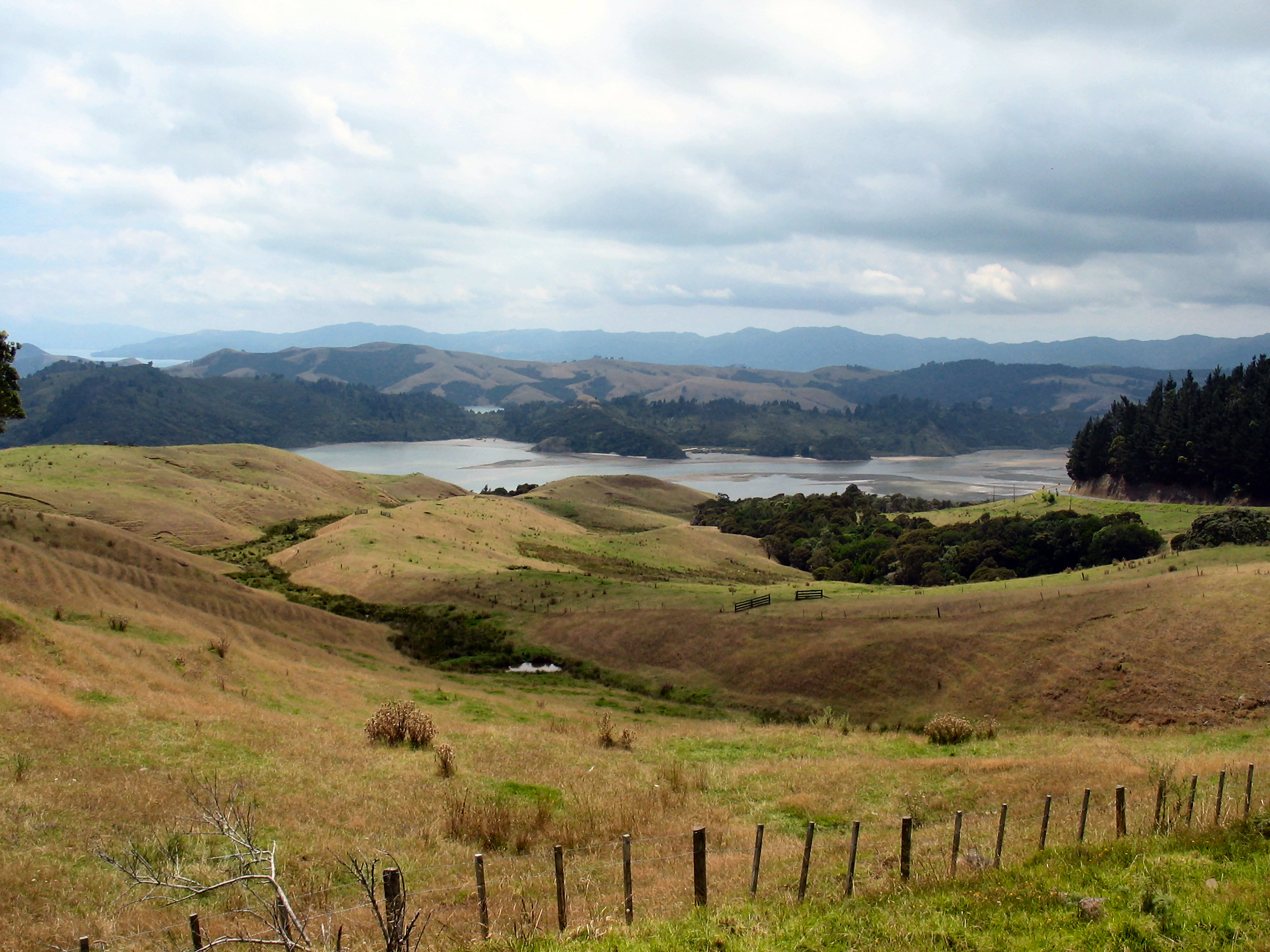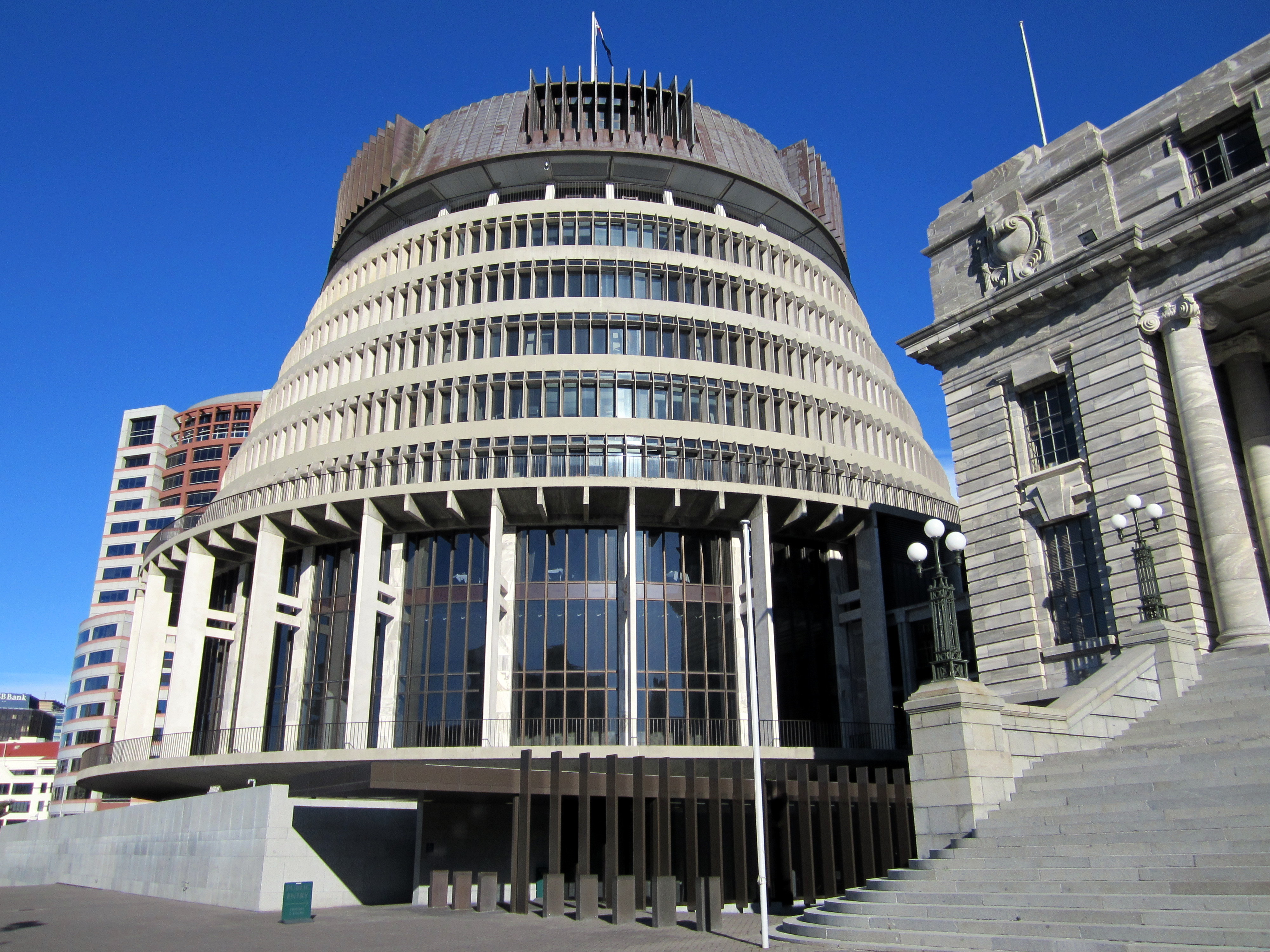|
Ngāti Pūkenga Ki Waiau
Ngāti Pūkenga ki Waiau is a Māori iwi of New Zealand. Hapū and marae Ngāti Pūkenga ki Waiau has three ''hapū'' (sub-tribes): Ngāti Kiorekino, Ngāti Te Rākau and Te Tāwera. The tribe's ''marae'' (traditional meeting ground) is Manaia Marae on Marae Road. It marae includes Te Kou o Rehua, a ''wharenui'' (traditional meeting house) where official events are held. References See also *List of Māori iwi This is a list of iwi (New Zealand Māori tribes). List of iwi This list includes groups recognised as iwi (tribes) in certain contexts. Many are also hapū (sub-tribes) of larger iwi. Moriori are included on this list. Although they are distinc ... {{Maori-stub ... [...More Info...] [...Related Items...] OR: [Wikipedia] [Google] [Baidu] |
Manaia, Waikato
Manaia is a locality on the western side of the Coromandel Peninsula of New Zealand. It lies to the east of State Highway 25, south of Coromandel and north of Tapu. The Manaia River flows from the Coromandel Range through the area and into the Manaia Harbour to the west. The harbour contains mussel farms. The Manaia Forest Sanctuary, inland from Manaia, contains the sixth largest kauri tree in New Zealand. The Sanctuary contains about 410 kauri trees in an area of 101 hectares. The local iwi are Ngāti Whanaunga and Ngāti Pūkenga. Education Manaia School is a coeducational full primary (years 1-8) school with a decile rating of 2 and a roll of 42. A Manaia School is first mentioned in a Department of Education An education ministry is a national or subnational government agency politically responsible for education. Various other names are commonly used to identify such agencies, such as Ministry of Education, Department of Education, and Ministry of Pub ... report for 18 ... [...More Info...] [...Related Items...] OR: [Wikipedia] [Google] [Baidu] |
Mātaatua
''Mātaatua'' was one of the great voyaging canoes by which Polynesians migrated to New Zealand, according to Māori tradition. Māori traditions say that the ''Mātaatua'' was initially sent from Hawaiki to bring supplies of kūmara to Māori settlements in New Zealand. The ''Mātaatua'' was captained by Toroa, accompanied by his brother, Puhi; his sister, Muriwai; his son, Ruaihona; and daughter, Wairaka. Mātaatua Māori include the tribes of Ngāi Tūhoe, Ngāti Awa, Te Whakatōhea, Te Whānau-ā-Apanui, Ngāpuhi, Ngāi Te Rangi, Ngāti Pūkenga. History The ''Mātaatua'' waka likely arrived in Aotearoa more than a century after the ''Tainui'' and '' Arawa'' waka. Bay of Plenty settlement In local Māori tradition, the ''Mātaatua'' waka was the first to land at Whakatāne, approximately 700 years ago. According to various accounts, at some point, a dispute arose between the commander, Toroa, and Puhi, eponymous ancestor of Ngāpuhi, over kūmara planting rituals. As a r ... [...More Info...] [...Related Items...] OR: [Wikipedia] [Google] [Baidu] |
Māori People
The Māori (, ) are the indigenous Polynesian people of mainland New Zealand (). Māori originated with settlers from East Polynesia, who arrived in New Zealand in several waves of canoe voyages between roughly 1320 and 1350. Over several centuries in isolation, these settlers developed their own distinctive culture, whose language, mythology, crafts, and performing arts evolved independently from those of other eastern Polynesian cultures. Some early Māori moved to the Chatham Islands, where their descendants became New Zealand's other indigenous Polynesian ethnic group, the Moriori. Initial contact between Māori and Europeans, starting in the 18th century, ranged from beneficial trade to lethal violence; Māori actively adopted many technologies from the newcomers. With the signing of the Treaty of Waitangi in 1840, the two cultures coexisted for a generation. Rising tensions over disputed land sales led to conflict in the 1860s, and massive land confiscations, to which ... [...More Info...] [...Related Items...] OR: [Wikipedia] [Google] [Baidu] |
New Zealand
New Zealand ( mi, Aotearoa ) is an island country in the southwestern Pacific Ocean. It consists of two main landmasses—the North Island () and the South Island ()—and over 700 smaller islands. It is the sixth-largest island country by area, covering . New Zealand is about east of Australia across the Tasman Sea and south of the islands of New Caledonia, Fiji, and Tonga. The country's varied topography and sharp mountain peaks, including the Southern Alps, owe much to tectonic uplift and volcanic eruptions. New Zealand's capital city is Wellington, and its most populous city is Auckland. The islands of New Zealand were the last large habitable land to be settled by humans. Between about 1280 and 1350, Polynesians began to settle in the islands and then developed a distinctive Māori culture. In 1642, the Dutch explorer Abel Tasman became the first European to sight and record New Zealand. In 1840, representatives of the United Kingdom and Māori chiefs ... [...More Info...] [...Related Items...] OR: [Wikipedia] [Google] [Baidu] |
Te Puni Kōkiri
Te Puni Kōkiri (TPK), the Ministry of Māori Development, is the principal policy advisor of the Government of New Zealand on Māori wellbeing and development. Te Puni Kōkiri was established under the Māori Development Act 1991 with responsibilities to promote Māori achievement in education, training and employment, health, and economic development; and monitor the provision of government services to Māori. The name means "a group moving forward together". History Protectorate Department (1840-1846) Te Puni Kōkiri, or the Ministry of Māori Development, traces its origins to the missionary-influenced Protectorate Department, which existed between 1840 and 1846. The Department was headed by the missionary and civil servant George Clarke, who held the position of Chief Protector. Its goal was to protect the rights of the Māori people in accordance with the Treaty of Waitangi. The Protectorate was also tasked with advising the Governor on matters relating to Māori and actin ... [...More Info...] [...Related Items...] OR: [Wikipedia] [Google] [Baidu] |
New Zealand Government
, background_color = #012169 , image = New Zealand Government wordmark.svg , image_size=250px , date_established = , country = New Zealand , leader_title = Prime Minister Jacinda Ardern , appointed = Governor-General , main_organ = , ministries = 32 ministries and departments , responsible = House of Representatives , budget = 119.3 billion (2018–19) , address = The Beehive and other locations across Wellington , url = The New Zealand Government ( mi, Te Kāwanatanga o Aotearoa) is the central government through which political authority is exercised in New Zealand. As in most other parliamentary democracies, the term "Government" refers chiefly to the executive branch, and more specifically to the collective ministry directing the executive. Based on the principle of responsible government, it operates within the framework that "the Queen reigns, but the government rules, so long as it has the support of the House of Representatives".Sir Kenneth Keith, qu ... [...More Info...] [...Related Items...] OR: [Wikipedia] [Google] [Baidu] |
The Encyclopedia Of New Zealand
''Te Ara: The Encyclopedia of New Zealand'' is an online encyclopedia established in 2001 by the New Zealand Government's Ministry for Culture and Heritage. The web-based content was developed in stages over the next several years; the first sections were published in 2005, and the last in 2014 marking its completion. ''Te Ara'' means "the pathway" in the Māori language, and contains over three million words in articles from over 450 authors. Over 30,000 images and video clips are included from thousands of contributors. History New Zealand's first recognisable encyclopedia was ''The Cyclopedia of New Zealand'', a commercial venture compiled and published between 1897 and 1908 in which businesses or people usually paid to be covered. In 1966 the New Zealand Government published '' An Encyclopaedia of New Zealand'', its first official encyclopedia, in three volumes. Although now superseded by ''Te Ara'', its historical importance led to its inclusion as a separate digital res ... [...More Info...] [...Related Items...] OR: [Wikipedia] [Google] [Baidu] |
Hapū
In Māori and New Zealand English, a ' ("subtribe", or "clan") functions as "the basic political unit within Māori society". A Māori person can belong to or have links to many hapū. Historically, each hapū had its own chief and normally operated independently of its iwi (tribe). Etymology The word literally means "pregnant", and its usage in a socio-political context is a metaphor for the genealogical connection that unites hapū members. Similarly, the Māori word for land, whenua, can also mean "placenta", metaphorically indicating the connection between people and land, and the Māori word for tribe, iwi, can also mean "bones", indicating a link to ancestors. Definition As named divisions of (tribes), hapū membership is determined by genealogical descent; a hapū consists of a number of (extended family) groups. The Māori scholar Hirini Moko Mead states the double meanings of the word hapū emphasise the importance of being born into a hapū group. As a metaphor t ... [...More Info...] [...Related Items...] OR: [Wikipedia] [Google] [Baidu] |
Marae
A ' (in New Zealand Māori, Cook Islands Māori, Tahitian), ' (in Tongan), ' (in Marquesan) or ' (in Samoan) is a communal or sacred place that serves religious and social purposes in Polynesian societies. In all these languages, the term also means cleared and free of weeds or trees. generally consist of an area of cleared land roughly rectangular (the itself), bordered with stones or wooden posts (called ' in Tahitian and Cook Islands Māori) perhaps with ' (terraces) which were traditionally used for ceremonial purposes; and in some cases, a central stone ' or ''a'u''. In the Rapa Nui culture of Easter Island, the term ' has become a synonym for the whole marae complex. In some modern Polynesian societies, notably that of the Māori of New Zealand, the marae is still a vital part of everyday life. In tropical Polynesia, most marae were destroyed or abandoned with the arrival of Christianity in the 19th century, and some have become an attraction for tourists or archaeol ... [...More Info...] [...Related Items...] OR: [Wikipedia] [Google] [Baidu] |
Wharenui
A wharenui (; literally "large house") is a communal house of the Māori people of New Zealand, generally situated as the focal point of a ''marae''. Wharenui are usually called meeting houses in New Zealand English, or simply called ''whare'' (a more generic term simply referring to a house or building). Also called a ''whare rūnanga'' ("meeting house") or ''whare whakairo'' (literally "carved house"), the present style of wharenui originated in the early to middle nineteenth century. The houses are often carved inside and out with stylized images of the iwi's (or tribe's) ancestors, with the style used for the carvings varying from tribe to tribe. Modern meeting houses are built to regular building standards. Photographs of recent ancestors may be used as well as carvings. The houses always have names, sometimes the name of a famous ancestor or sometimes a figure from Māori mythology. Some meeting houses are built at places that are not the location of a tribe, but where many ... [...More Info...] [...Related Items...] OR: [Wikipedia] [Google] [Baidu] |
List Of Māori Iwi
This is a list of iwi (New Zealand Māori tribes). List of iwi This list includes groups recognised as iwi (tribes) in certain contexts. Many are also hapū (sub-tribes) of larger iwi. Moriori are included on this list. Although they are distinct from the Māori people, they share common ancestors.Skinner, H.D., The Morioris of the Chatham Islands, Honolulu, 1923. K. R. Howe''Ideas of Māori origins'' ''Te Ara - the Encyclopedia of New Zealand'', updated 28 October 2008. Thomson, Arthur, ''The Story of New Zealand, Past and Present, Savage and Civilized'', 2 vols, London, 1859, i, 61. Belich, James, ''Making Peoples: A History of the New Zealanders, from Polynesian Settlement to the End of the Nineteenth Century'', University of Hawaii Press, 2002, pp.26, 65-66. Map of iwi See also * List of Māori waka * Lists of marae in New Zealand * Ngāti Rānana References External linksIwi Hapū Names Listfrom the National Library of New ZealandTe Kāhui Māngai (directory of iwi an ... [...More Info...] [...Related Items...] OR: [Wikipedia] [Google] [Baidu] |






